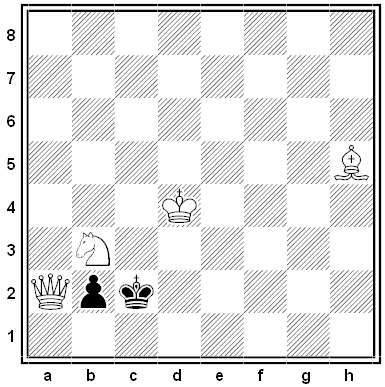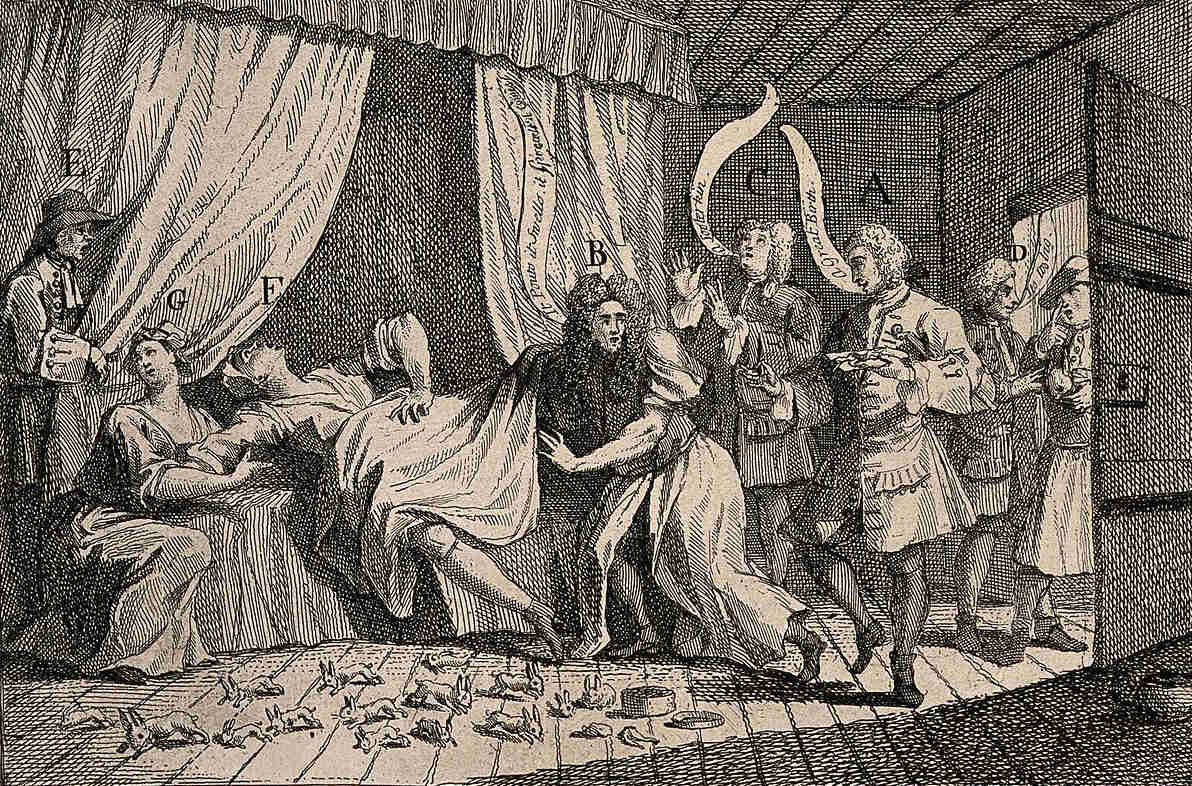
King Darius of Persia copied orders onto wax-covered tablets and gave them to famously efficient postmen. “Nothing mortal travels so fast as these Persian messengers,” Herodotus marveled. “These men will not be hindered from accomplishing at their best speed the distance which they have to do, either by snow, or rain, or heat, or by darkness of night. The first rider delivers his dispatch to the second, and the second passes it to the third; and so it is borne from hand to hand along the whole line, like the light of the torch-race.”
When New York’s James A. Farley Post Office opened in 1914, architect (and philhellene) William Mitchell Kendall inscribed a modified translation over the door: “Neither snow nor rain nor heat nor gloom of night stays these couriers from the swift completion of their appointed rounds.”
“Many have assumed that this is the motto of the U.S. Postal Service, but the USPS doesn’t have one,” writes Devin Leonard in Neither Snow Nor Rain, his history of the service. “It was just the world’s largest postal service nodding respectfully to one of its most illustrious forbears.”





